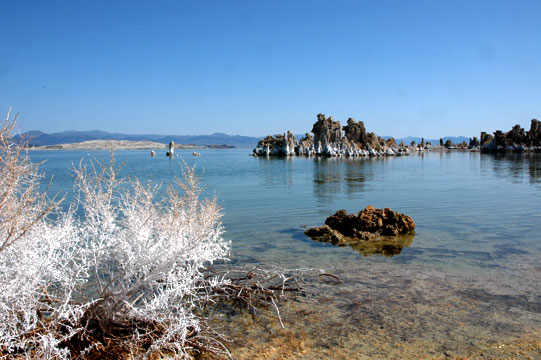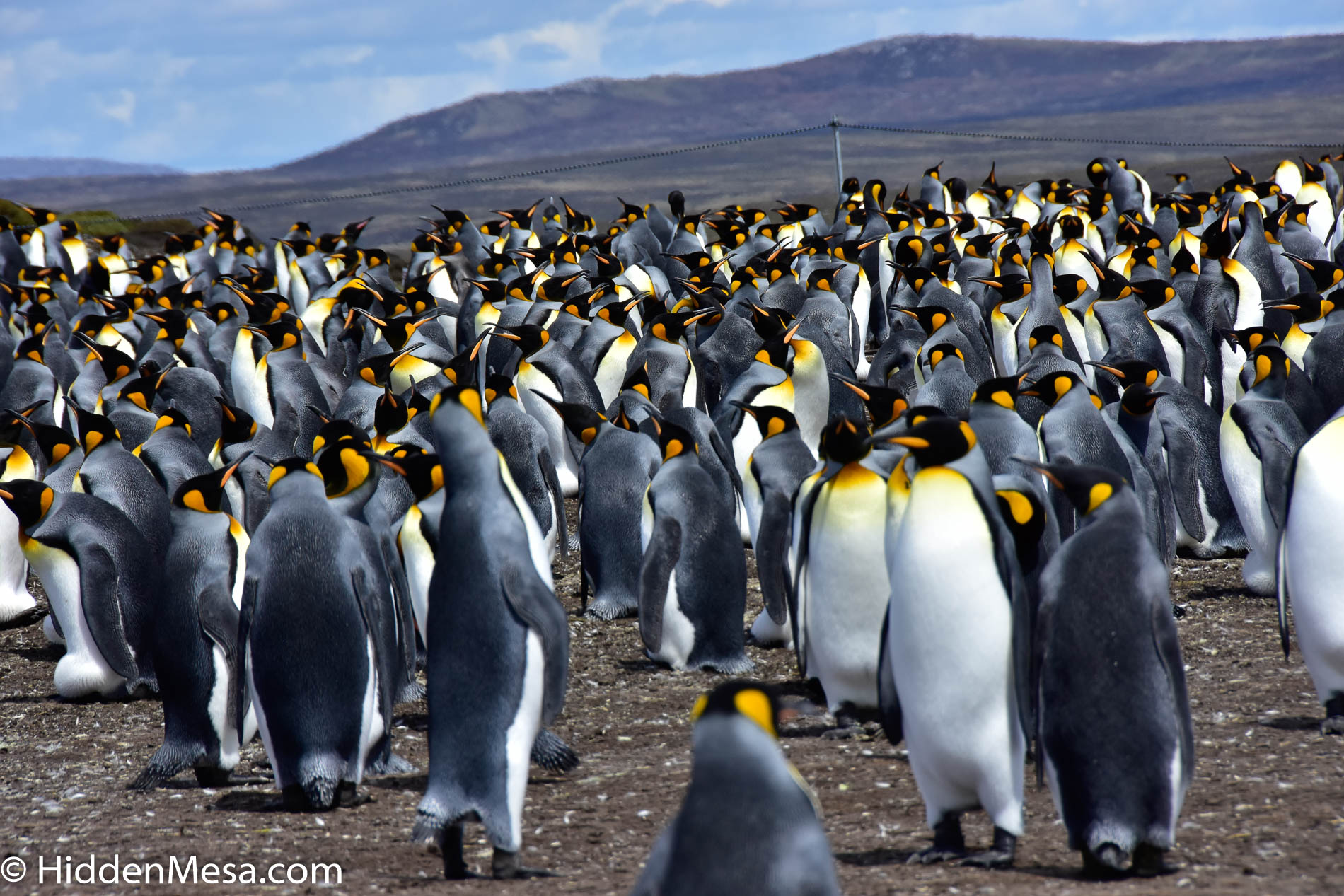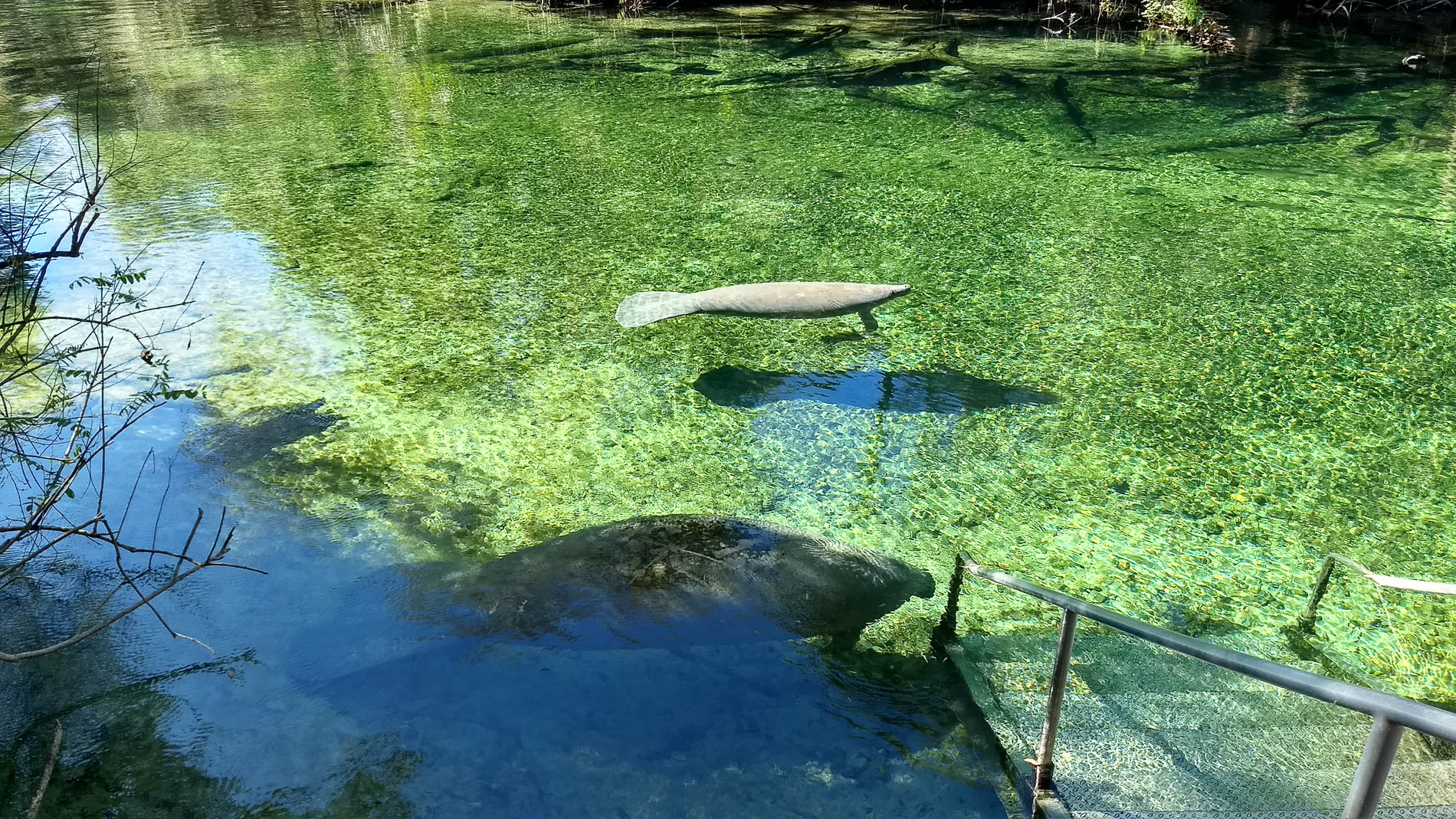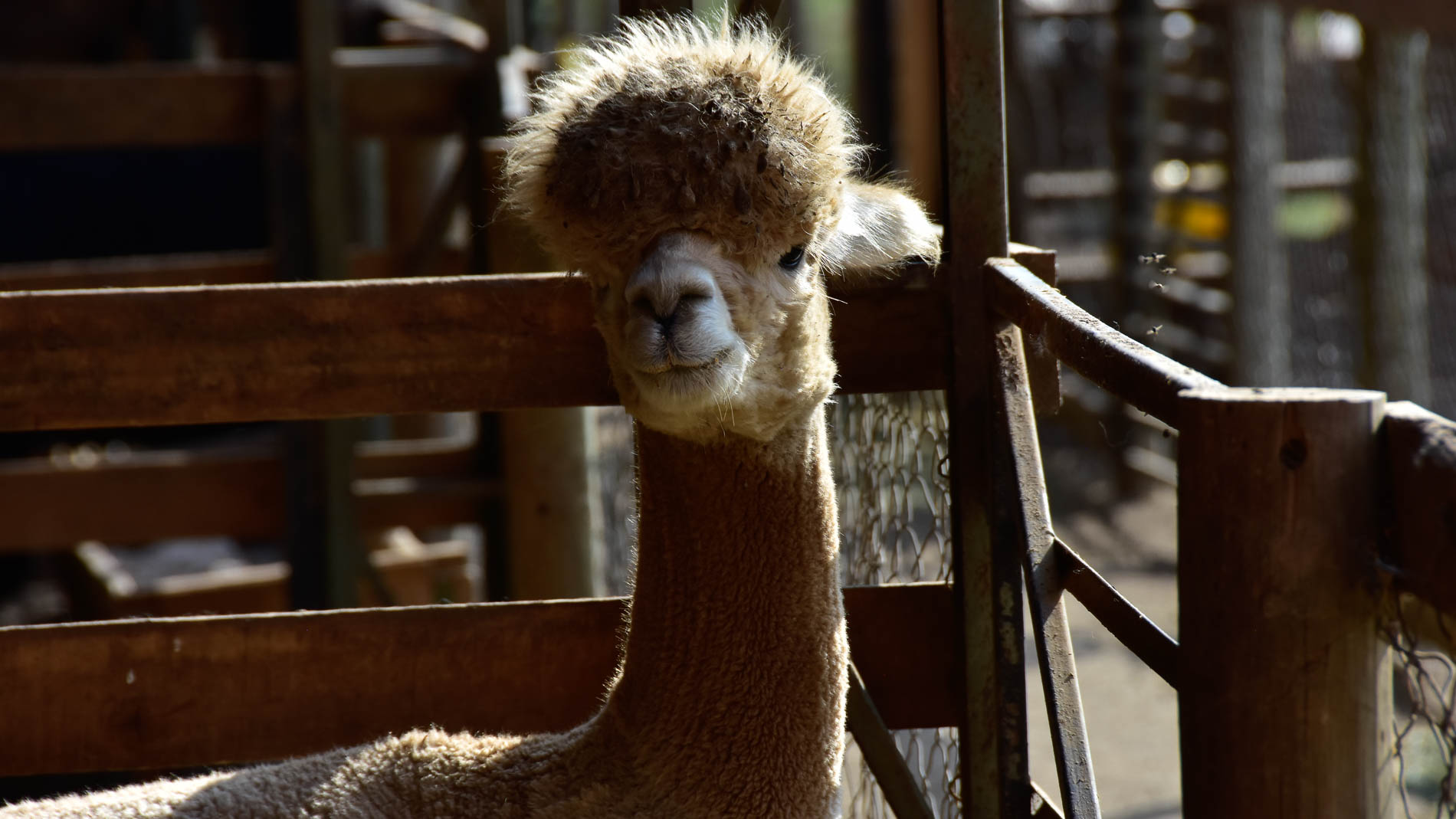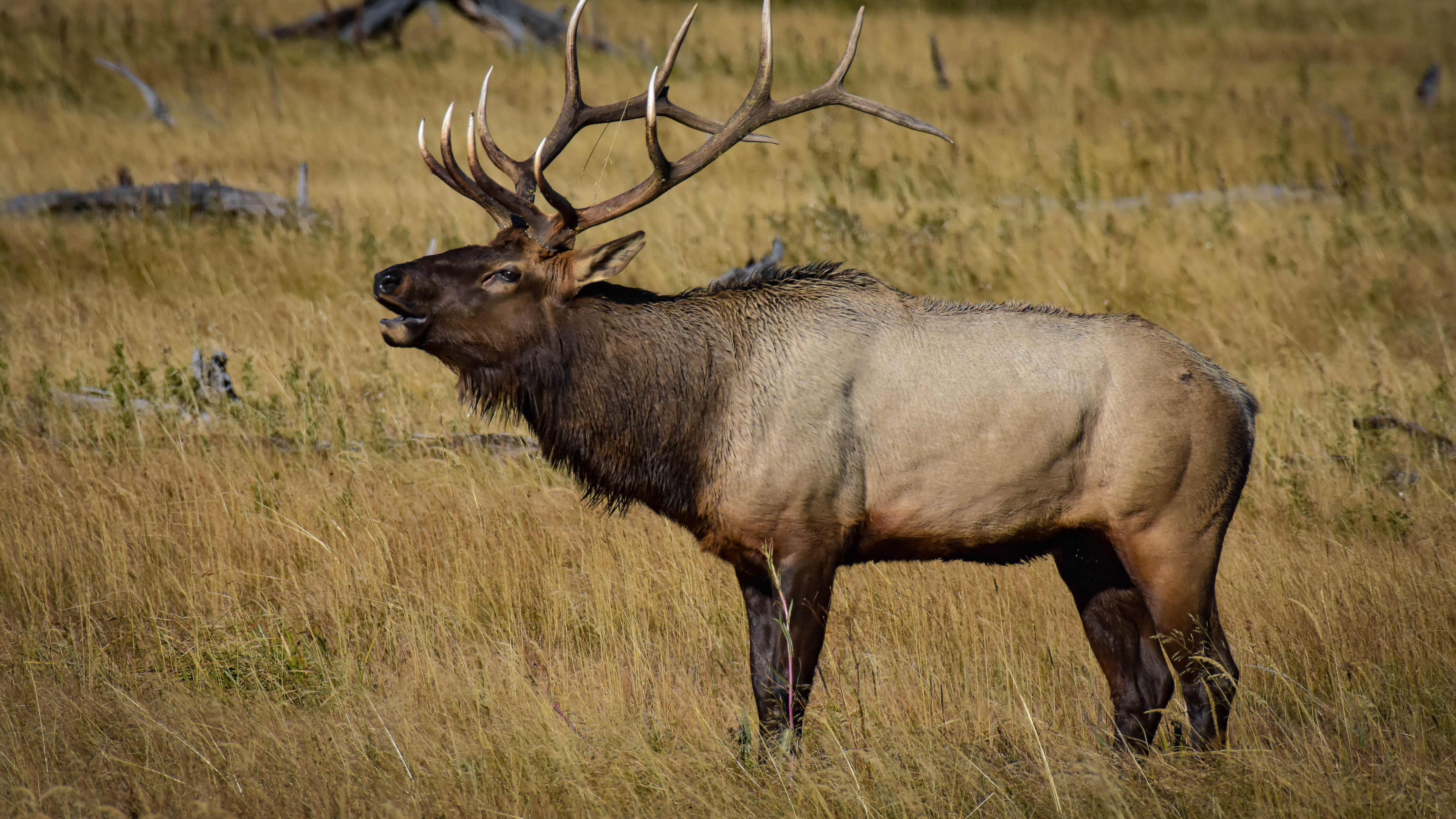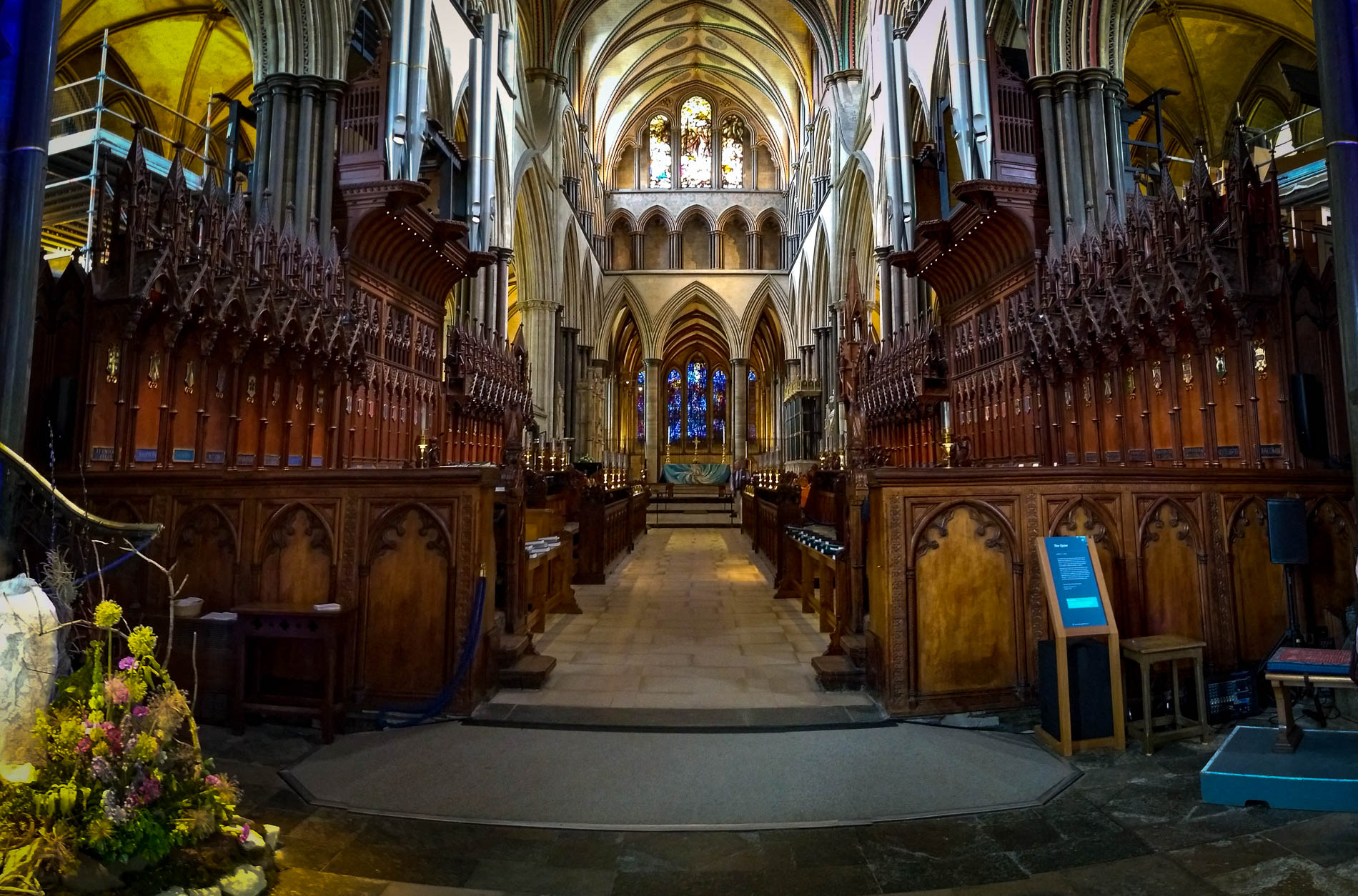One of the disadvantages of traveling the eastern Sierras is that it’s a long way from most people’s homes. Most northern Californians have to come all the way over the mountain passes to get there, and southern Californians have to drive several hundred miles along Highway 395, through some of California’s most inhospitable terrain before arriving at their destination. Of course, it could be argued that one of the best reasons for going to the eastern Sierras is because it’s hard to get there, and therefore doesn’t receive the tourist pressure of other parts of the state.
However you look at it, a trip to the eastern Sierras when you have time is sure to be a rewarding experience. If you hunt or fish, some of the state’s best locations are on the eastern slopes. If you hike, the entire Sierra Nevada is accessible. Photography enthusiasts can find some of the most striking scenery anywhere around, and people just interested in the area can find a history that’s rich in fact and lore and a geology that’s anything but boring.
Mono Lake is a perfect example of the richness of the story of the eastern Sierras. Located near the town of Lee Vining, just outside the Yosemite National Park, this expansive lake is possibly one to the most interesting places in the Sierras. Formed approximately 760,000 years ago through volcanic activity in the Long Valley Eruption a few miles south, it’s thought that this lake is the oldest lake to continuously hold water on the North American continent.
While several small rivers feed the Mono basin, the only natural outflow of water is through evaporation, which accounts for about 45 inches of water per year from the lake. Because no water escapes through streams or rivers, all of the salts and minerals that wash down out of the mountains in the normal course of erosion are trapped in Mono Lake, giving it more salinity than any of the world’s oceans. It’s been estimated that Mono Lake contains 280 million tons of dissolved salts, but that total doesn’t reveal as much as the ratio of salts per liter of water compared to most oceans. While ocean water contains about 31.5 grams per liter (g/l), Mono Lake contained about 50 g/l in 1941 before the City of Los Angeles started diverting water from the watershed. When the lake reached its lowest level in 1982, the ratio was 99 g/l; over twice its normal level, and about three times the level of the oceans. When water diversions were reduced, the lake began to rise once again. In 2002, the amount of salinity was 78 g/l. When it reaches its target level, it’s estimated that the total salinity will be at around 69 g/l. This process will take about twenty years to complete. In addition to lots of salt in the water, the ph is considered extremely high – about 10 on a scale of 1 to 10 – compared to seawater at 7.4 to 8.5 ph.
Because of the hyper salinity and extremely high alkalinity, fish do not live in Mono Lake. It’s not clear if they ever did, but they certainly have not in recent history. Because there are no fish certainly does not imply that there is no life here. In fact, there is an abundant life structure that supports a rich eco-system.
At or near the bottom of the food chain, there’s a plankton algae that begins growing in the spring as soon as runoff from the mountains brings fresh nutrients. This algae turns the lake to a fresh green, pea soup color by late March. Feeding on the algae is a particular kind of brine shrimp called Artemia monica. These thumbnail sized shrimp – although there are many similar species – are unique to Mono Lake. It’s estimated that each year, between 4 and 6 trillion of these animals hatch. While they generally provide no food value for humans, they are a significant food source for the millions of birds that either migrate through or nest at Mono Lake.
Another feeder of the algae in Mono Lake is the Alkali Fly (Ephydra hians). These flies are interesting because they live along the shore of Mono Lake, and feed by creating air bubbles that allow them to dive and feed on the algae. They seem to have no interest in other sources of food. When you visit Mono Lake, as you walk along the shore you’ll most likely see these flies everywhere along the water’s edge. As you approach, pay attention to their activities and you’ll see that they seem to have no interest in you; a behavior that’s not consistent with other flies. You don’t represent food to them, but the algae does. Watch for a moment and see if you can catch any of them diving.
About 85 percent of the seagulls that live in California are thought to hatch at Mono Lake. The advantage of Mono Lake is the abundant supply of food for the nesting birds in the form of brine shrimp and alkali flies. Another feature that attracts nesting birds is Negit Island in the center of the lake. Until the City of Los Angeles began diverting water from the Mono Basin Watershed, this island provided safety to nesting birds from predators. In the 1980s, a land bridge formed when waters receded. This forced the birds to abandon this important site. After that, thanks to the implementation of managed lake levels, water rose again and birds nested in safety. However, because of California’s current drought condition, the land bridge has once again formed on Negit Island. The safety of the nesting area is now in question, and nesting birds may once again leave the area.
There are about 300 different species of birds that use Mono Lake for one reason or another. Many of these species comprise a significant number of their world population, so the significance of this habitat is clear.
The first people known to inhabit the Mono Basin in recent times were the Yosemite-Mono Paiute Indians. One of their principal foods was the larvae from the Alkali Fly, which they called Kutsavi. They (the Paiutes) were known locally as the Kutzadika’a. The first known chief of the Kutzadika’a was named Captain John, who was the son of a paiute named “The older Captain John”. Captain John’s paiute names were Shibana, or Poko Tucket. While they collected and stored fly larvae as their staple, the Kutzadika’a also traveled to Yosemite valley, Hetch Hetchy, and the banks of the Merced River to collect acorns and plants, and to hunt local wildlife.
More recently, Mono Lake has been the subject of a lengthy political struggle. In 1941, the City of Los Angeles began (with the appropriate permits from the state) diverting water from the Mono Lake runoff streams and sending it to the LA basin for the folks in southern California. Enough water was diverted that by 1981, 31% of the water of Mono Lake was gone. Negit Island was exposed as a peninsula, and the once safe nesting bird populations began to experience severe predation. The salinity of the water doubled. (remember, when water evaporates, only the water leaves – the chemistry stays behind), and the entire ecosystem began to break down.
The algae that feeds the shrimp and alkali fly declined, the shrimp and flies declined, the birds had less to eat, and were the subject of predation. Many nesting birds relocated – many of them the south San Francisco Bay – and began to apply pressure on existing species in their new area. Migrating birds were subjected to more hardship because of the lack of food necessary for their migration.
In 1978, David Gaines was a student at the University of California. While doing a study of the Mono Basin for a Master’s thesis, he discovered many of the environmental issues, and foresaw the area’s imminent environmental disaster. Gaines formed the Mono Lake Committee, and began to work toward restoring the lake to a sustainable position. The Mono Lake Committee grew to over 20,000 members, and in 1994, with the help of several government agencies and non-profit agencies like the National Audubon Society, the courts placed restrictions on the City of Los Angeles in terms of how much water could be diverted. This court mandated schedule should allow the lake and its important ecosystem to return to a healthy level in the next 20 years.
How to Get There – Mono lake is located along Highway 395 near the town of Lee Vining. It’s 65 miles north of Bishop, and 138 miles south of Reno, Nevada. Highway 395 is usually passable in winter, but check local conditions before traveling if local storms have been present. Remember that Highway 395 is generally at a high altitude, and ice could be present during freezing weather.. During the summer months, travel is usually not a problem.
From Yosemite, take Highway 120 over Tioga Pass to Highway 120, and turn north (left) at Highway 395. Mono Lake should be in sight as you exit the pass. Once again, use caution on this road in questionable weather. Just because the pass is open (after Memorial Day weekend until the first heavy snow) does not mean it will be clear of ice, and Tioga pass is steep on the eastern side.
View Larger Map What to do – The first stop at Mono Lake should be the visitor’s center. It’s located near the lake, just north of town. Be sure to take a moment and look over the displays and talk with the rangers or volunteers. They have lots of knowledge of the area, and they’re willing to share it.When you leave the visitor’s center, you’ll no doubt have a good idea about what to do, and it will certainly include a trip out to the lake shore to view some of the unique formations here called Tufas. A tufa, shown here at right[a], is a limestone deposit that formed when calcium rich spring water came into contact with the Alkali rich lake water. The chemical reaction that occurred caused calcium carbonate to precipitate (settle out of solution as a solid material) near the location of the spring. The tufas can only form underwater, because the spring needs to be in contact with the alkali rich water in the lake. A detailed explanation of tufa formation can be found on WikiPedia here[b] or on the Mono Lake Committee web page, here.
Where to stay – Many people will see Mono Lake on their way to other destinations. . It’s close to the highway, and a significant amount of information can be obtained in just a couple of hours. It’s therefore easy to assume that most people will not necessarily stay anywhere near Mono Lake. If, however, you’re interested in learning a bit about the area, maybe visiting Bodie, or the eastern portions of Yosemite, then your best bet is to stay in Lee Vining. While it’s not generally our policy to recommend one particular RV park[c] over another, the Mono Vista RV park in Lee Vining is a good central location for an eastern Sierra adventure.
Mono Lake is probably not a final destination spot for most people, but anyone who is traveling this way should schedule at least a couple of hours to see this fascinating place. On the surface, it looks like just another dead alkaline lake, but when you spend a few minutes to study it closer, it becomes clear just how vital this area is to the entire California coast, and indeed to the north American continent.

